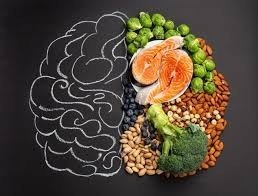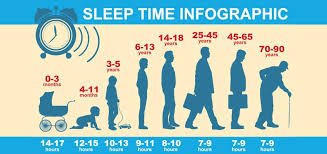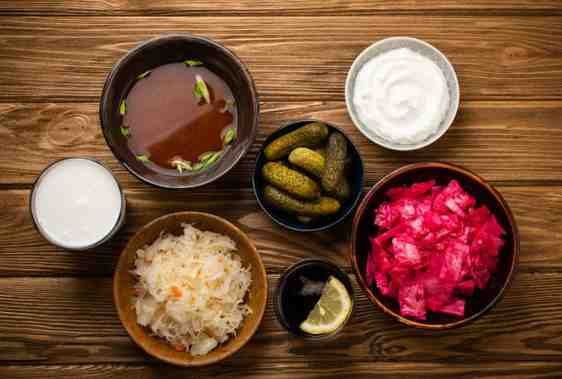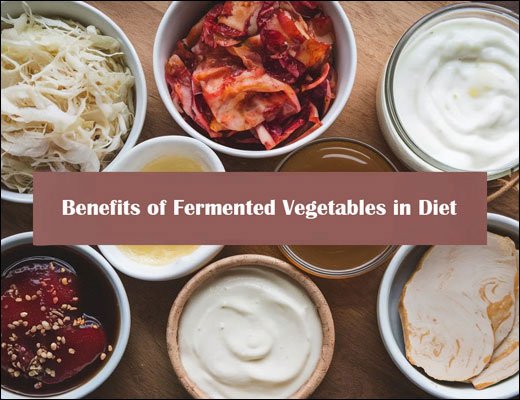Nutrition Spotlight: Brown Sugar vs White Sugar – Is Brown Sugar Really Healthier?
Welcome to thehealthyguides, your friendly pit-stop for untangling nutrition myths with warmth, wit, and actual science. Today, we’re diving head-first into a kitchen debate that’s been quietly bubbling away for decades: what are the real brown sugar benefits compared to white sugar? We’ll whisk together facts, flavor, and common sense into one big, sweet read. Spoiler: by the end, you’ll be able to tell your friends whether brown sugar truly deserves its health halo—or if it’s just white sugar in fancy clothes.
1. Why This Topic Matters
We live in a world where “healthier” labels sell. Supermarkets know that if they slap a “natural” or “whole”-sounding word on a packet, our brains light up like a sugar rush. The idea of brown sugar benefits taps right into that bias—its rich color and cozy name make us believe it’s somehow more wholesome, more nutrient-packed, or at least less “bad” than white sugar.
But here’s the deal: both brown sugar and white sugar are added sugars. And added sugars—regardless of the shade—have the same effect on your calorie count, blood sugar, and long-term health if eaten in excess.
And yet… the two aren’t identical in taste, texture, or use in recipes. Which is why this isn’t a “throw them in the same bin” conversation—it’s a “let’s get to know each one’s strengths and limits” conversation.
2. What Exactly Are Brown Sugar benefits and White Sugar Harms?
Let’s start at the roots—literally.
Both white sugar and brown sugar are derived from either sugarcane or sugar beet plants. These plants store energy as sucrose, which we extract, crystallize, and process.
White Sugar:
- Highly refined.
- Stripped of molasses during processing.
- Uniform, bright white crystals.
- Nearly pure sucrose—about 99.9%.
Brown Sugar:
- Starts life as white sugar.
- Has molasses either retained from minimal refining or added back in after refining.
- Molasses content gives it a golden-to-dark brown hue, adds moisture, and changes the flavor profile.
Quick fact: In some countries, “brown sugar” refers to raw sugar (less refined), but in the US and many markets, it’s literally white sugar + molasses.
3. Nutrition Facts: Brown vs. White Sugar
Here’s the breakdown per teaspoon:
| Nutrient / Metric | White Sugar | Brown Sugar |
|---|---|---|
| Calories | ~16 kcal | ~15 kcal |
| Carbs (sucrose) | ~4 g | ~4 g |
| Minerals (Ca, Fe, K) | Trace | Slightly more (trace) |
| Fiber, Protein, Vitamins | 0 | 0 |
Tomorrow, check how many teaspoons of sugar—white or brown—you add to drinks or cooking. Could you cut it by half without losing joy? If yes, you’re already experiencing one of the best brown sugar benefits of all: learning to enjoy sweetness in moderation while protecting your health.
4. Minerals & Micronutrients – The Myth Buster
Yes, molasses is nutrient-rich compared to pure sugar. In its raw form, blackstrap molasses contains respectable amounts of iron, calcium, and magnesium. But here’s the catch when it comes to brown sugar benefits the actual amount of molasses in brown sugar is tiny, so the nutritional boost is minimal at best.
For example:
- Iron: Brown sugar gives you about 0.02 mg per tsp. Adult women need ~18 mg/day. You’d need 900 teaspoons (over 3 cups) to hit that goal—not exactly doctor-approved.
- Calcium: Around 5 mg per tsp vs. 1 mg in white sugar. Still negligible.
This is why nutrition experts say: Eat molasses if you want minerals—not brown sugar.
5. Calories & Glycemic Index
Both sugars are high-GI foods—meaning they cause rapid blood sugar spikes.
- White sugar GI: ~65
- Brown sugar GI: ~64
The difference? Not enough to change your body’s insulin response.
For people searching “brown sugar glycemic index vs white sugar” or “is brown sugar better for diabetics,” the science is pretty blunt: no, not in any meaningful way.
6. Flavor, Aroma & Texture – Where Brown Sugar Shines
This is the part where brown sugar truly steps out from white sugar’s shadow. Molasses gives:
- A warm, caramel-like flavor—perfect for spice cookies, barbecue rubs, and glazes.
- Moisture retention—keeps baked goods soft and chewy longer.
- Rich aroma—hints of toffee, sometimes even a slight smokiness.
If flavor is your priority, brown sugar wins. If you need a neutral sweetness (like in delicate cakes or whipped cream), white sugar is your best bet.
7. Baking Differences – The Science
When heated, molasses reacts with baking soda, creating extra lift and a subtle tang in some recipes. That’s why gingerbread, molasses cookies, and some banana breads rely on brown sugar.
Texture shifts:
- Brown sugar: Soft, packs easily, clumps (thanks to moisture).
- White sugar: Granular, pours freely, adds crispness.
Swapping one for the other changes chewiness, spread, and moisture—something bakers use intentionally.
8. Health Considerations & Added Sugar Risks
The big picture: Your body doesn’t distinguish between brown sugar calories and white sugar calories—they’re both quickly digested, offering fast energy but no long-term satiety.
Overconsumption of added sugar (any type) is linked to:
- Weight gain
- Increased risk of type 2 diabetes
- Higher triglycerides & heart disease risk
- Tooth decay
- Non-alcoholic fatty liver disease
American Heart Association recommendations:
- Women: ≤ 6 tsp/day (25 g)
- Men: ≤ 9 tsp/day (38 g)
That’s total added sugar—from coffee sweeteners to cookies, sodas, sauces, and hidden sugars in bread or yogurt.
9. Sugar Substitutes & Alternatives
For those Googling “healthy sugar alternatives vs brown sugar”:
- Honey: Antioxidants + antibacterial properties, but still sugar and calories.
- Jaggery: More minerals, less processed, still high in sucrose.
- Coconut sugar: Lower GI (~54), small mineral boost, similar calorie count.
- Stevia/Monk fruit: Zero-calorie, plant-derived sweeteners—can be used in beverages and some baked goods.
- Fruit purees: Dates, bananas, or applesauce add fiber and nutrients but also moisture—recipes may need adjusting.
10. The Verdict – Which Should You Choose?
If we’re talking nutrition, there’s no clear winner—they’re too similar.
If we’re talking culinary use, brown sugar can be the better choice for certain recipes and flavors.
But for overall health, the real win is reducing added sugar altogether—no matter the color.
11. Keyword Integration Strategy
This article naturally works in:
- “brown sugar vs white sugar nutrition”
- “is brown sugar healthier than white sugar”
- “brown sugar health benefits”
- “white sugar vs brown sugar calories”
- “brown sugar glycemic index vs white sugar”
- “healthy sugar alternatives vs brown sugar”
- “molasses in brown sugar benefits”
- “added sugar risks brown vs white”
Plus synonyms: “refined sugar,” “table sugar,” “sweetener,” “nutritional difference,” “glycemic load,” “natural sweetener alternatives.”
12. Sweet, Smart Takeaways
- Enjoy sugar for flavor, not health benefits.
- Choose based on recipe needs, not myths about nutrition.
- Try cutting added sugar intake gradually—swap with spices like cinnamon or vanilla to keep flavor.
Your Action Step:
Tomorrow, check how many teaspoons of sugar you use in drinks or cooking. Could you cut it by half without losing joy? If yes, you’re already winning the sugar game.
Eating in sync with your body clock doesn’t just help your stomach — it also supports a calmer, more focused mind. If you want to explore more ways to care for your mental wellbeing, check out our full guide on practical tips for better mental health.
Looking for more ways to stay energised and motivated? Head over to our sports blog for inspiration and active lifestyle tips.”







